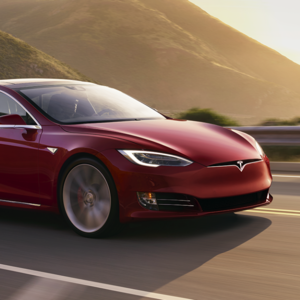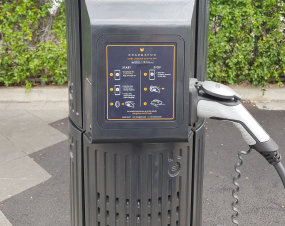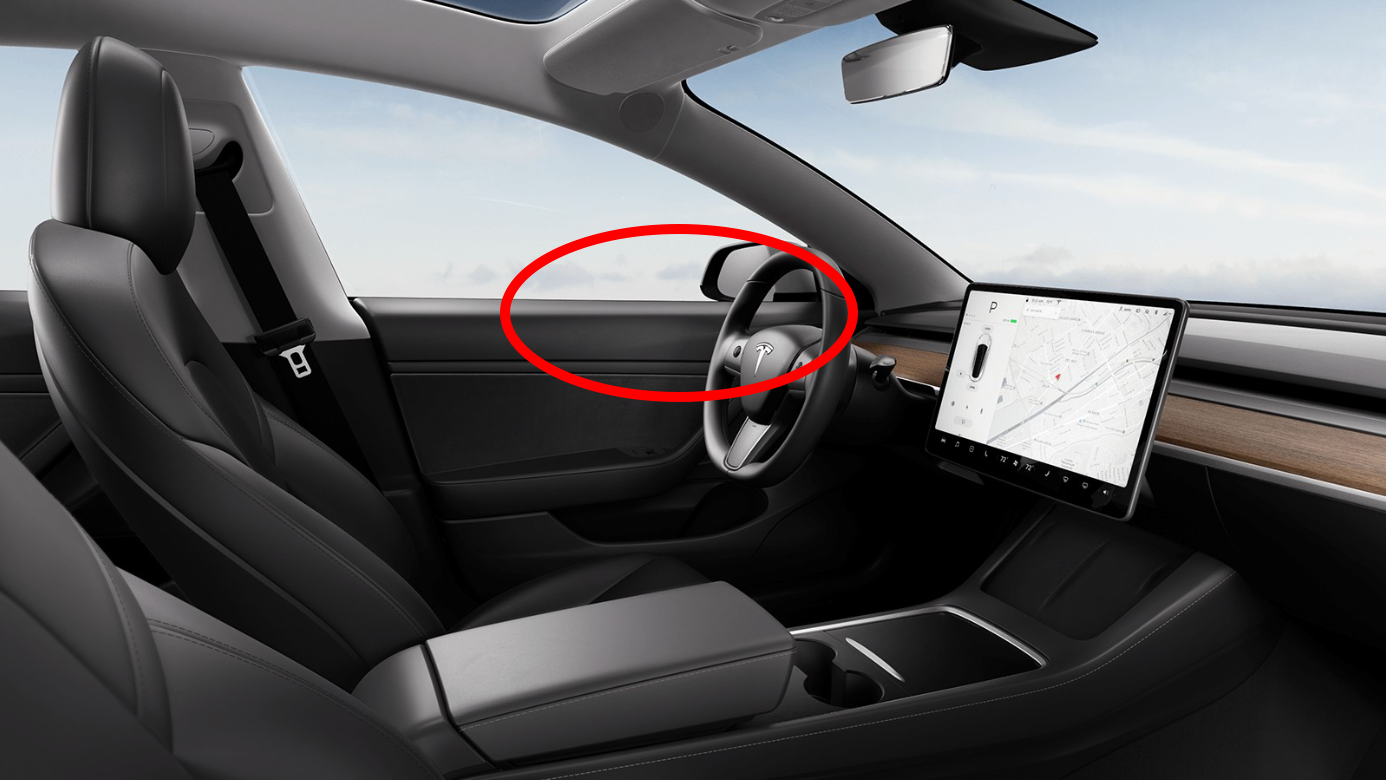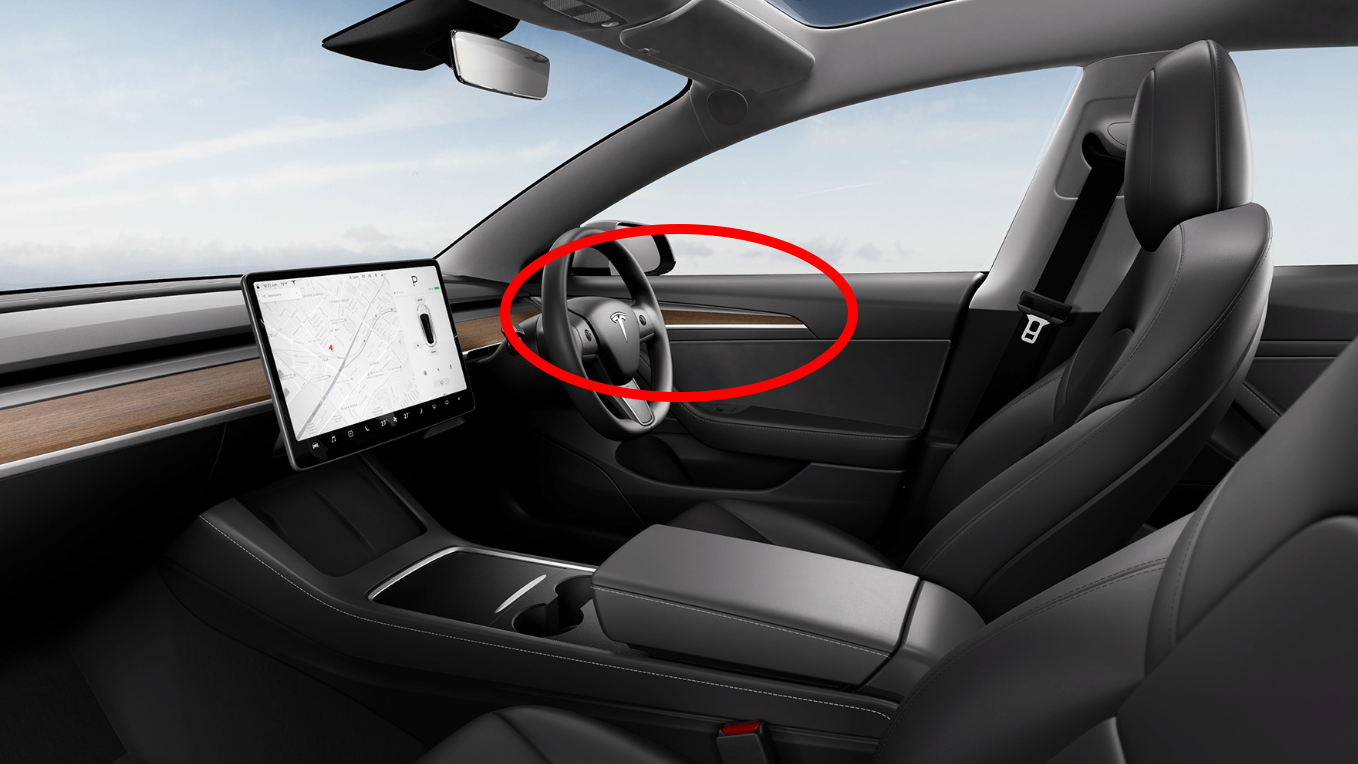Reports suggest that the first shipful Model 3s have arrived in Wollongong from Tesla’s newly minted Shanghai factory. Once delivered, these 800 cars will be the first Chinese-made Teslas sold in Australia.
Tokyo Car has arrived at Port Kembla rumoured to be carrying over 800 made in China Tesla to Australia
Archive Image pic.twitter.com/r8XnZtUu2b
— VedaPrime (@VedaPrime) February 20, 2021
Looking at Tesla’s online order page, you’ll struggle to find any difference between the US-made models of 2020 and the Chinese-made models of 2021. But the question is still being asked:
What is different between the Chinese and American-made Model 3?
While the vehicles are still the same model, there are some differences. The Chinese Model 3 uses a LFP battery chemistry which is less energy dense but cheaper to produce than the US chemistry. Consequently, the range of the Chinese Model 3 is slightly higher: 508 km of NEDC-rated range vs. the US version’s 490 km. The Chinese Model 3 also has a slightly updated door panel trim similar to the Model Y and is expected to be cheaper, although this is not yet confirmed for Australia.
Door panel in the US-MADE Model 3 (LH drive SHOWN)
Door panel in the China-MADE Model 3 (RH Drive SHOWN)
Following a recent update, optional 19″ wheels and white interior configurations are available in both US-made and Chinese-made Model 3 markets. Previously, these options were not available on American-made SR+ Model 3s sold in Australia.
After initially planning to sell Chinese-made Model 3s only in the greater China region, Tesla shifted last year to include Singapore, New Zealand, and Australia as destinations for the vehicles. The reduced logistical and manufacturing expenses of Chinese production, together with the lower-cost batteries, have driven speculation that Australia’s infamously high EV prices may fall slightly for the ever-popular Model 3.
Why you can’t trust EV price comparisons
A price cut to $66,900 (before on-roads) in October 2020 almost (but not quite) covered an earlier hike from $66,000 (the price at launch in August 2019) to $73,900 for the base model SR+. However, prices in Europe, Asia, and the US were reduced last week, so a further change is certainly possible here.
Ultimately, besides the minor door panel difference — which is likely to extend to the US-made models in time — the only impactful difference between the variants is the battery. So what exactly is the difference?
Tesla’s three batteries
At their “Battery Day” event in September 2020, Tesla laid out the basis of their plan to diversify and specialise the types of batteries to be used in their vehicles. Three battery designs were outlined for specific uses: a high nickel chemistry to maximise energy density in the Cybertruck and Tesla Semi, a nickel & manganese chemistry to balance cost against energy density in higher-end Tesla passenger vehicles, and an iron-based chemistry for the most economical models. See the full presentation on Youtube below.
The aforementioned iron-based chemistry is now being supplied by Chinese battery manufacturer CATL for use in the Shanghai-made Model 3 SR+. The reduced energy density of the lithium iron phosphate (LFP) composition is apparently not enough to reduce the range of these variants. According to the range estimates on Tesla’s site, the cost savings are actually sufficient to get more battery and therefore a slightly higher range.
And, with the arrival of these first 800 units on Australian shores, the wait is on to see whether Tesla’s pricing will shift in 2021. Because, ultimately, that’s the real difference that Australian customers are looking for.






